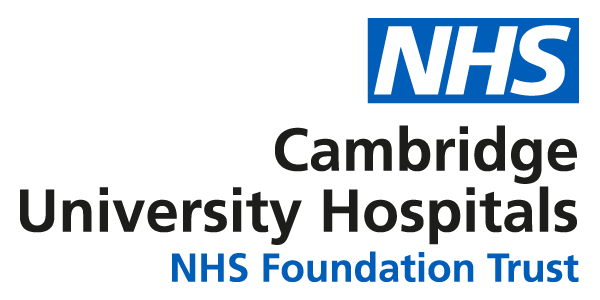There are many benefits of breastfeeding/chestfeeding and skin-to-skin contact for both the parent and the baby.
Human Milk, Tailor-made for Tiny Humans
Link: https://www.youtube.com/watch?v=2adrIKweZTE
Benefits of breastfeeding
Breastfeeding has number of benefits which includes physical, emotional, social and environmental.
Benefits for parent:
- Helps build a bond between you and your baby
- Breastfeeding costs nothing
- Lowers the breastfeeding parent’s risk of breast and ovarian cancer
- Lowers the likelihood of diabetes and high blood pressure
- Lowers the likelihood of osteoporosis
Benefits for baby:
- Breastmilk is custom made for your baby and will change to meet your baby's needs and environment
- Always available at the correct temperature with no preparation needed
- Boosts your baby’s ability to fight infection and illness
- Reduced likelihood of chest infections and diarrhoea
- Reduced likelihood of obesity as your baby cannot be overfed on breastmilk
- Reduced risk of asthma, eczema, hay-fever and some childhood cancers
- Reduced risk of Sudden Infant Death Syndrome (SIDS)
Also, breastfeeding is good for the environment - doesn’t produce any waste and has a very small carbon footprint.
Benefits for the planet:
- Breastfeeding creates significantly less waste compared to formula feeding. Industrial formula production, distribution and disposal leads to waste that in itself creates vast amounts of carbon emissions.
- Breastfeeding safeguards infant health and nutrition in times of adversity and weather-related disasters due to global warming.
- Breastfeeding is kinder to nature compared to formula feeding. Formula production creates intensive dairy farming that often puts pressure on natural resources and contributes to carbon emissions and climate change.
- Breastfeeding, as described above, helps with future parent and baby health. A healthy population helps create a sustainable future.
Find more information on the WABA website (opens in a new tab) and on the Breastfeeding - A Key to Sustainable Development document (opens in a new tab). Find out what CUH is doing to support a sustainable future on our Climate emergency webpage.
Skin-to-skin
Skin-to-skin contact is the practice where a baby is dried and laid directly on your bare chest after birth, both of you covered in a warm blanket and left for at least an hour, until after the first feed or for as long as you wish.

Skin-to-skin contact can also take place any time a baby needs comforting or calming and can help boost your milk supply. Skin-to-skin contact is vital in neonatal units where it is often known as ‘kangaroo care’. Here it helps parents bond with their baby and supports better physical and developmental outcomes for your baby.
Remember:
- If circumstances at the time of the birth do not allow for an hour of uninterrupted skin to skin and feeding, this is not "now or never".
- Have your baby skin to skin as soon as circumstances allow and give time for unhurried feeding and bonding - it is an ongoing process.
- And partners and siblings can have skin to skin too.

